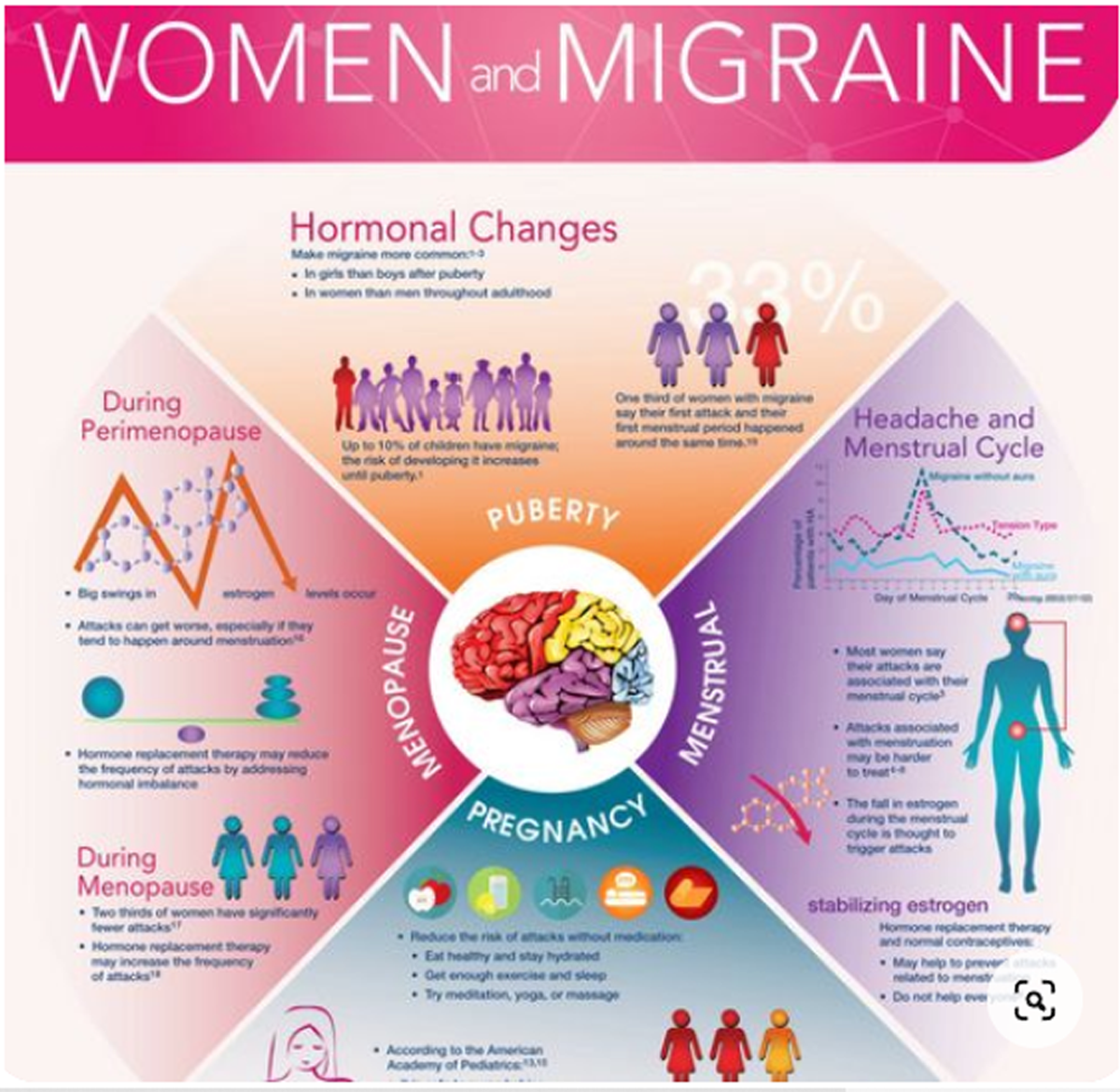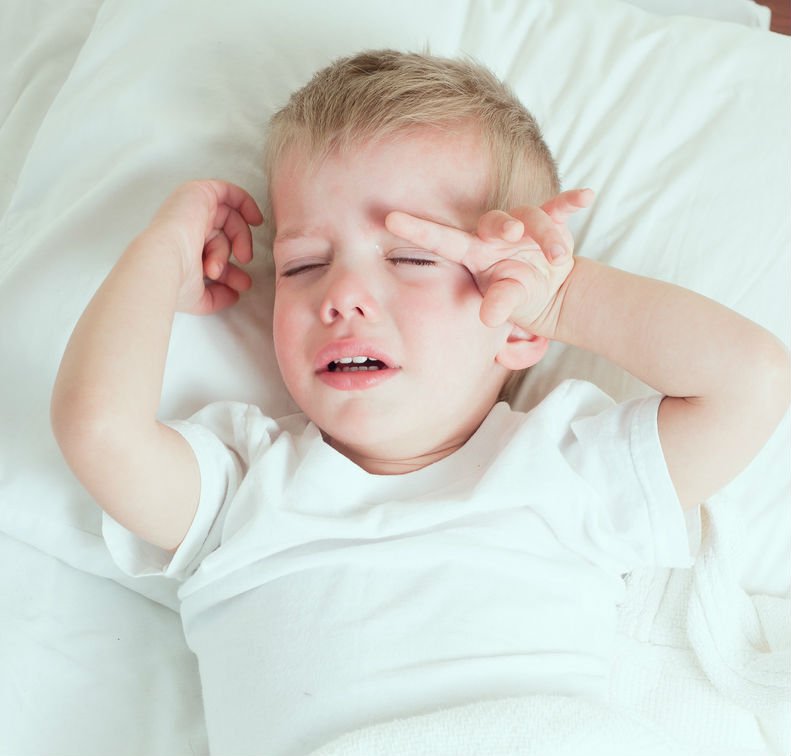Mobilization and Manipulation of the Cervical Spine in Patients with Cervicogenic Headache: Any Scientific Evidence?
SOURCE: Front Neurol. 2016 (Mar 21); 7: 40 ~ FULL TEXT
Jodan D. Garcia, Stephen Arnold, Kylie Tetley,
Kiel Voight, and Rachael Anne Frank
Department of Physical Therapy,
Georgia State University ,
Atlanta, GA , USA.
Cervical mobilization and manipulation are frequently used to treat patients diagnosed with cervicogenic headache (CEH); however, there is conflicting evidence on the efficacy of these manual therapy techniques. The purpose of this review is to investigate the effects of cervical mobilization and manipulation on pain intensity and headache frequency, compared to traditional physical therapy interventions in patients diagnosed with CEH. A total of 66 relevant studies were originally identified through a review of the literature, and the 25 most suitable articles were fully evaluated via a careful review of the text.
Ultimately, 10 studies met the inclusion criteria:
(1) randomized controlled trial (RCT) or open RCT; the study contained at least two separate groups of subjects that were randomly assigned either to a cervical spine mobilization or manipulation or a group that served as a comparison
(2) subjects must have had a diagnosis of CEH
(3) the treatment group received either spinal mobilization or spinal manipulation, while the control group received another physical therapy intervention or placebo control, and
(4) the study included headache pain and frequency as outcome measurements.
There are more articles like this @ our:
Seven of the 10 studies had statistically significant findings that subjects who received mobilization or manipulation interventions experienced improved outcomes or reported fewer symptoms than control subjects.
These results suggest that mobilization or manipulation of the cervical spine may be beneficial for individuals who suffer from cervicogenic headache (CEH), although heterogeneity of the studies makes it difficult to generalize the findings.
KEYWORDS: cervicogenic headache; headache duration; headache frequency; manipulation; mobilization
From the FULL TEXT Article:
Introduction
It has been estimated that 4.1% of the population may experience cervicogenic headache (CEH). [1] CEH is one of the more common types of headache and may account for 0.4–15% of the headache population [2] and up to 15–20% of all chronic and recurrent headaches. [3] Women have been reported to be affected four times more frequently than men [4], although some research about prevalence between the sexes is contradictory. [1] Patients who have sustained concussion [5] or whiplash injuries [6] with resulting neck pain and limitation of movement can also develop CEH.
Cervicogenic headache was originally described as a unique disorder in 1983 and differentiated from other forms of headaches, such as migraine, that may present with some common symptoms. [7] The International Headache Society (IHS) issued its initial International Classification of Headache Disorders (ICHD) in 1988 [8] and published revised editions in 2004 [9] and in 2013. [10] The current ICHD III beta version classifies CEH as a secondary headache arising from musculoskeletal disorders in the cervical spine and is frequently accompanied by neck pain. [10] Additionally, the Cervicogenic Headache International Study Group (CHISG) has also developed a list of clinically relevant diagnostic criteria that include pain with neck movement or sustained improper positioning, restricted cervical range of motion (ROM), and ipsilateral shoulder and arm pain. [11]
Read the rest of this Full Text article now!





Leave A Comment